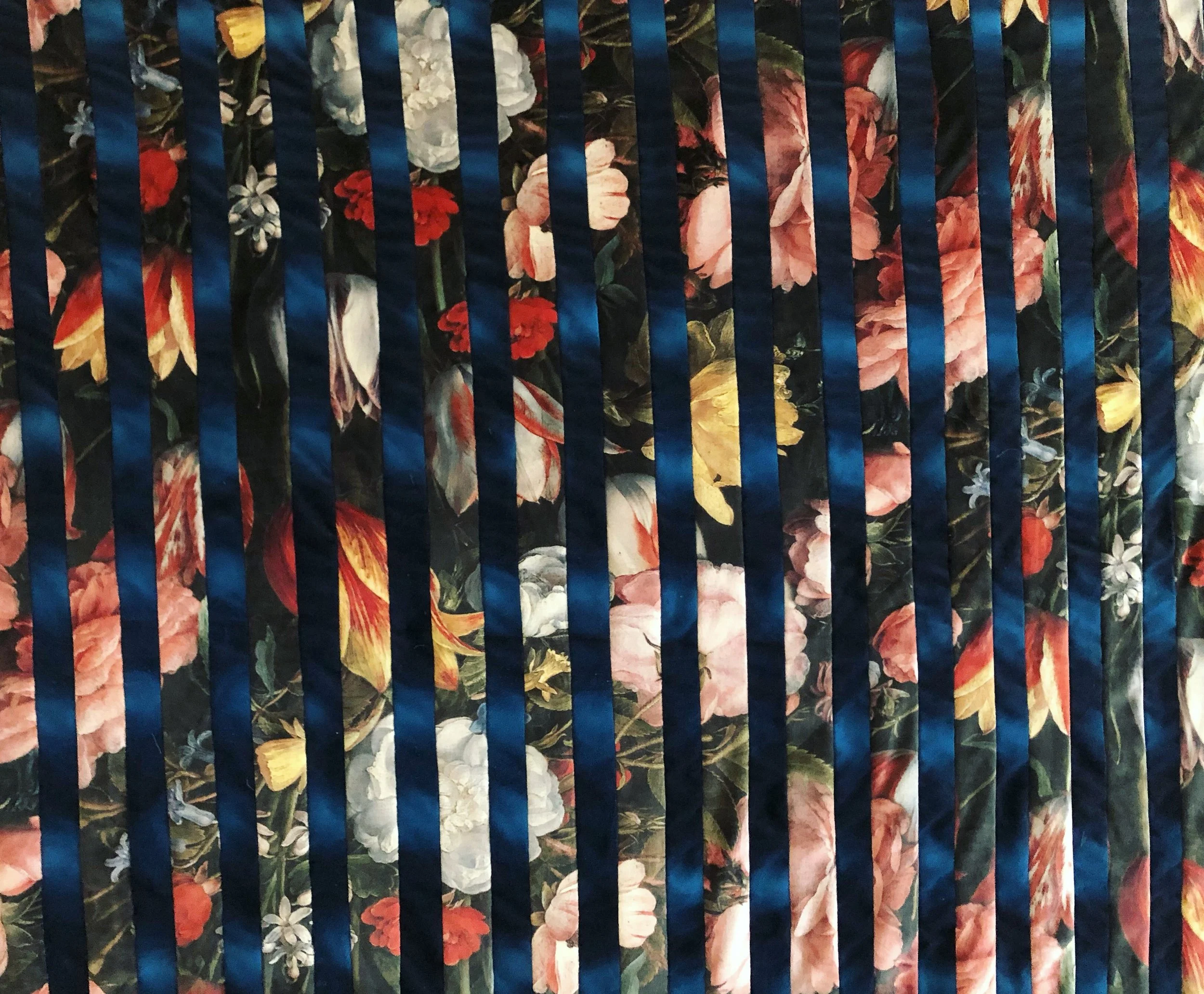Áhugaverd samrøða við Barbaru í Gongini í Chasseur Magazine
/Barbara í Gongini. Foto: Jonas Fogh.
Barbara í Gongini fekk heiðurin at hava upplatingarsýningina á donsku mótavikuni, sum læt upp í gjár. Á tí eitt sindur tvøra ummælinum frá danska mótaummælaranum Sarah Skarum, ið skrivar fyri Berlingske Tidende, skilst, at henni dámar ikki konsekventu og listarligu linjuna hjá Barbara í Gongini. Ummælarin biðjur designarin rætt og slætt um at slappa av. Men eftir samrøðuni at døma, sum altjóða nettíðarritið Chasseur Magazine hevur havt við føroyska designaran, og sum varð publiserað í dag, er einki, ið bendir á, at Barbara í Gongini hevur í hyggju at minka um orkuna. Lesið áhugaverdu samrøðuna her:
http://chasseurmagazine.com/2014/08/06/chasseur-interviews-fashion-designer-barbara-i-gongini/#
Elements of theatrics intertwine within your designs, composing highly conceptual forms that stimulate the eye. During the creative process, what comes first, art or fashion?
Personally, I do not believe that one excludes the other, as I think that all creative disciplines emanate from the same source.
When creating, is there a certain narrative you tend to follow for your lines?
My collections are an ongoing story, which allows me to turn the chapter where I previously left off. This is where the birth of the numerical order of our collections came to surface. The designs are part of a kit, a kit that can be layered and later disabled where the wearer has the freedom of choice to customize the garment to their likings. This is part of our wardrobing concept that is a fundamental pillar in our design DNA, where the central focus is placed on the longevity formula of our creations. Our designs are therefore inter-related, like chapters in a book.
During recent years, the industry has seen a major shift towards more street-oriented creations by many high-end designers. How do you view this change and where do you place yourself within it?
Time is essential, the most important tool for a designer, by understanding its age and the ability to look in the future, combined with a strong personal DNA. In my view, this is a pivotal ingredient that requires strong design of and for our contemporaries. As I do not work with fast trends and tendencies, I rather choose to immerse myself in my conceptual design methods that are locked into avant-garde platforms. In this way, I aim to create a product that has a long life cycle and is irreverently timeless working with broad category options ranging from street-wear, denim to tailored silhouettes that are on continuous basis evolving and where its deconstruction tradition resides deeper in our DNA conceptualization, rather than fast paced trends.
Let’s talk inspirations. What stimulates you as a designer these days?
Hailing from the Faroe Islands, I draw inspiration from the architectural landscape, the misty mountains, the raw textures of soil and chalk, and the dark Northern Atlantic Ocean in constant outburst. There is something poetic in the way nature orchestrates all of these elements that I am keen on exploring in my creations. I like to fuse that source of inspiration with the buzz from the upcoming generations, where the music scene has acted as a springboard for new ideas, giving us a sense of contemporary direction.
The deconstruction of traditional silhouettes, seems to have played a key role in the designing process behind your new MAN AW14 offering. What fascinates you the most about the anatomy of design and how easy was it to create new forms without breaking the mould?
Each design is built upon certain principles as each garment has a skeleton that later requires layering, sculpting, and finishing. When I start to modulate the garment, the anatomy of the design is fully exposed and I can start to experiment with the shape, without fully compromising the initial mould of our DNA. The technique of deconstruction has thereby formed the basis for our wardrobing concept, in the sense that I can either layer or de-layer one singular garment or incorporate such function over a couple of our designs.
Our designs are therefore rich on multi-functionality and aim to include shape-shifting qualities where the wearer has the option to either present the garment in its natural state or to deconstruct it to grant it various expressions. We aim to introduce a sense of multi-faceted behavior where past as well as present can be evoked and in turn rekindled for years to come. This is an important fundamental design principle that has been with us from the start and we will continue to preserve.
The Nordic heritage has worked its way into your designs, in many creative ways. How is this translated into your new line?
The North Atlantic is the basis for my personal DNA. Our lands, the Faroe Islands, are positioned in an epic belt with the wildest weather changes. The insisting forces of nature and savage landscape, non-judicial and ever in turmoil, have a significant impact on the population, where the external circumstances mirrors the inner landscapes. These inner landscapes of mine are often the reasons for the design choices I take both in the tactile as in form development.
The basic palette for me is always rather static, but then I do have an ongoing fascination for the principle of design methodology that I often dwell on as long as the source stays open. Therefore, I see my design process as a continuous process, as I fabulate on where the process stopped the season prior. In this way I can be looking at my personal design journey as a story tale of continuity.
